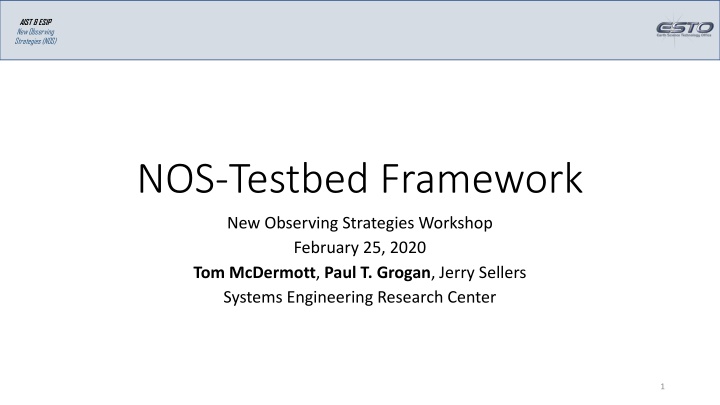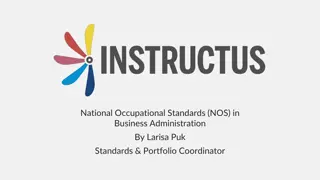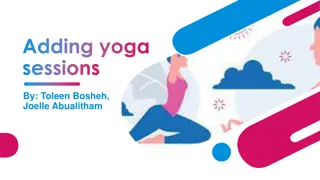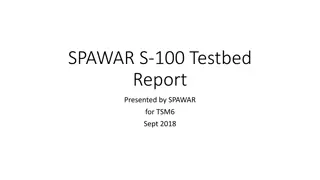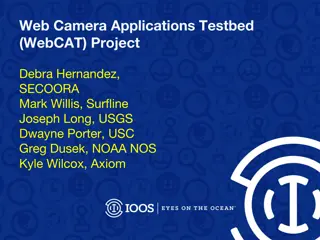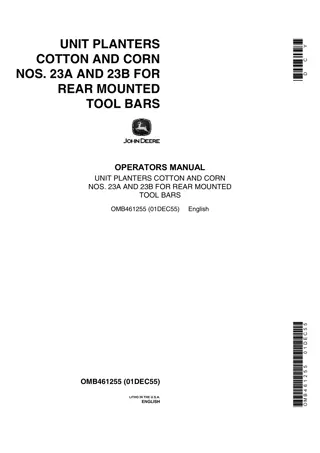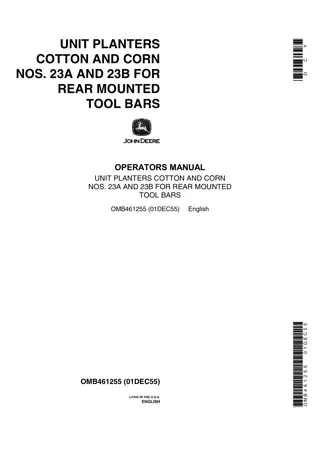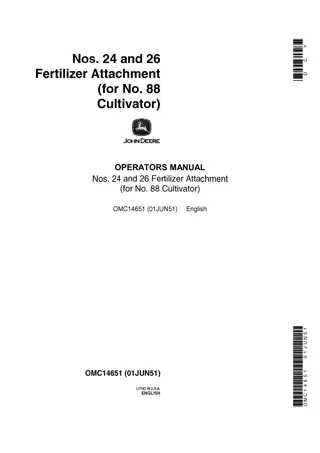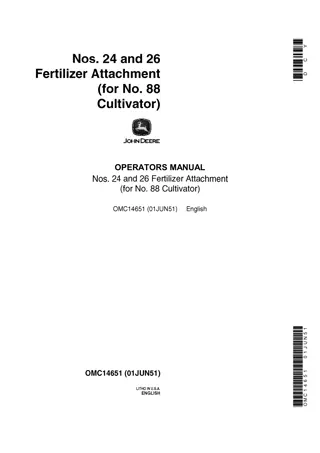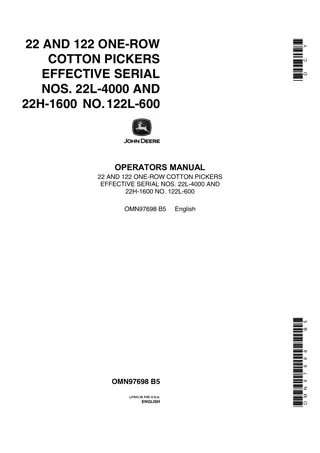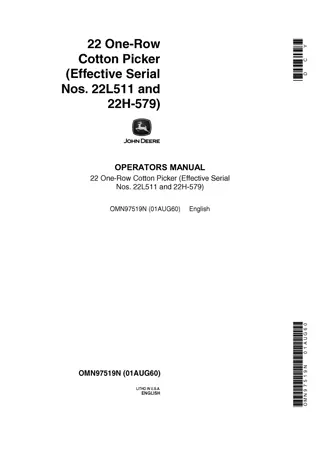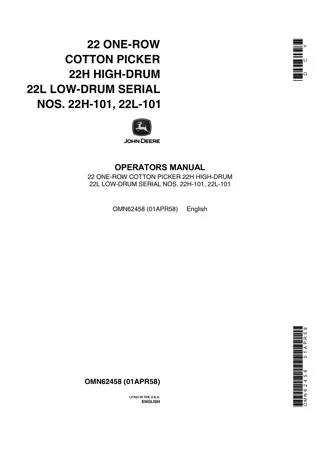NOS-Testbed Framework
This document explores the AIST & ESIP New Observing Strategies Testbed Framework, including objectives, concept of operations, development plan, and current status. The framework aims to validate NOS technologies, demonstrate novel operational concepts, and enable meaningful comparisons. It also seeks to socialize new technologies within the science community and promote collaboration among disparate organizations.
Download Presentation

Please find below an Image/Link to download the presentation.
The content on the website is provided AS IS for your information and personal use only. It may not be sold, licensed, or shared on other websites without obtaining consent from the author.If you encounter any issues during the download, it is possible that the publisher has removed the file from their server.
You are allowed to download the files provided on this website for personal or commercial use, subject to the condition that they are used lawfully. All files are the property of their respective owners.
The content on the website is provided AS IS for your information and personal use only. It may not be sold, licensed, or shared on other websites without obtaining consent from the author.
E N D
Presentation Transcript
AIST & ESIP New Observing Strategies (NOS) NOS-Testbed Framework New Observing Strategies Workshop February 25, 2020 Tom McDermott, Paul T. Grogan, Jerry Sellers Systems Engineering Research Center 1
Systems Engineering Research Center AIST & ESIP New Observing Strategies (NOS) University-Affiliated Research Center (UARC) of the U.S. Department of Defense National resource providing leadership in systems engineering research Leverage research and expertise of faculty, staff, and student researchers at more than 20 collaborating universities 2
NOS-T Framework Objectives AIST & ESIP New Observing Strategies (NOS) System Architecture and Interfaces NOS testbed (NOS-T) objectives: Validate NOS technologies, independently and as a system Demonstrate novel distributed operational concepts Enable meaningful comparisons of competing technologies Socialize new technologies and concepts with the science community by significantly retiring the risk of integration NOS-T framework objective: Enable disparate organizations to propose and participate in developing NOS software and information technology Concept of Operations Governance Model 3
NOS Testbed Concept AIST & ESIP New Observing Strategies (NOS) Largesat Node Smallsat Node Application Analysis Coordination Node In Situ Nodes Application Scenario Testbed Framework Infrastructure 4
NOS-T Framework Development Plan AIST & ESIP New Observing Strategies (NOS) Q1 2020 Q2 2020 Q3 2020 Q4 2020 Q1 2021 Architecture Selection Alpha Phase Demonstration (Core Technology) Beta Phase Demonstration (Interfaces/Applications) Version 1.0 Release (End-to-end Demo) Concept of Operations Solicit community feedback: Sources of NOS-T value Application use cases User needs and requirements General input on NOS-T: Architecture Con. Ops. Governance Governance Model NOS-T Framework Development (alpha, beta, gamma phases) Application use case scenario Science relevancy Sensor nodes (min. 3) Architecture implementation Testing and evaluation (distributed sites) 5
Current NOS-T Status AIST & ESIP New Observing Strategies (NOS) Define NOS-T value flow for enterprise architecting activities Identify initial set of application cases to inform development Collect inputs on pilot project nodes and capabilities Define NOS-T requirements to inform architecture selection ESTO Staff: Jacqueline Le Moigne Marge Cole N. Jay Ellis Jerry Sellers SERC Staff: Paul Grogan Thomas McDermott Pilot Project Teams: Steve Chien (JPL) Dan Crichton (JPL) Benjamin Smith (JPL) Chad Frost (ARC-R) Daniel Cellucci (ARC-RM) Sujay Kumar (GSFC) Domain Contributors: Ruzbeh Akbar (MIT) Ian Brosnan (ARC-SG) Mahta Moghaddam (USC) Sreeja Nag (ARC-AFO) Louis Nguyen (LARC) Laura Rogers (LARC) Yelena Yesha (UMBC) 6
NOS-T Value Stream AIST & ESIP New Observing Strategies (NOS) Users NOS-T Generated Value Validate NOS Technologies Demonstrate Ops. Concepts Evaluate Competing Tech. Socialize NOS Concepts Scenario Configuration Raw Data Package Post-processed Data Package NOS-T UI & API NOS-T Execution NOS-T Supporting Tools Model scenario of interest Environmental state Mission element state Supporting elements Operations rules/algorithms Existing/historical datasets Process scenario of interest Environment state updates Spacecraft propagation Instrument operation Observation data streams Command and control Communication protocols Interpret scenario of interest Mission design tools Data assimilation toolchains Observing System Simulation Experiments Science domain models (e.g. forecasting) Animation/visualization Tradespace exploration 7
NOS-T Application Cases AIST & ESIP New Observing Strategies (NOS) Tactical mission Minutes-hours Point event/phenomenon Operational mission Hours-days Spatial phenomenon Strategic mission Months-years Spatial-temporal phenomenon Detect and observe volcanic activity Change in-situ sampling rate based on forecast Select observing strategy to improve hydrologic estimates Detect emergent event Deploy observation assets Deploy observation assets Digest information sources Design observation system Digest information sources Responsiveness Interaction Dynamics Adaptation Resource allocation Coordination Data assimilation Prediction/forecasting Platform selection Coordination Data assimilation State estimation (belief) 8
Initial NOS-T Requirements AIST & ESIP New Observing Strategies (NOS) Enable geographically-distributed multi-party participation Provide open and protected exchange of measurement data Extensible/modular interfaces to replace/upgrade functionality Provide communication infrastructure to test various protocols Interact with mission design tools, OSSEs, forecast models, etc. Protect ITAR and competition-sensitive materials Support automated or semi-automated concept selection/evaluation 9
NOS-T Next Steps AIST & ESIP New Observing Strategies (NOS) Architecture selection: Message-passing infrastructure to exchange information between nodes Interoperable API with standard object schema and semantic definitions Concept of operations: Scenario configuration with initial set of nodes and capabilities Computational platform and secure execution environment Start-up, synchronization, execution, and shut-down procedures Governance model: Version control and development roadmap Review and approval process for testbed experiments 10
